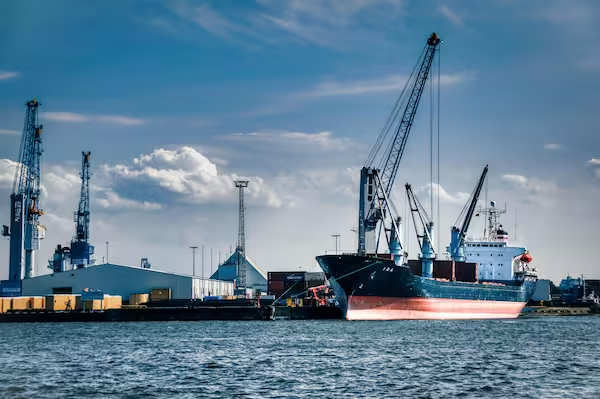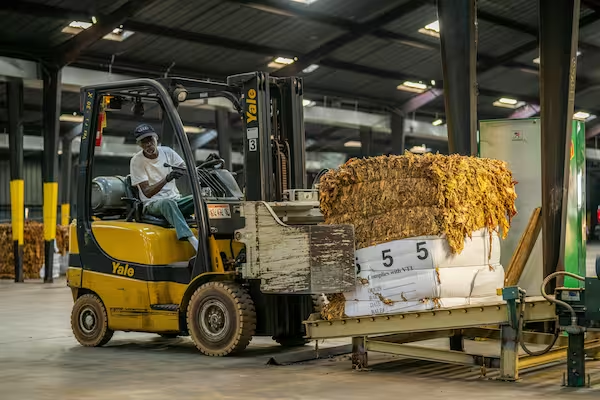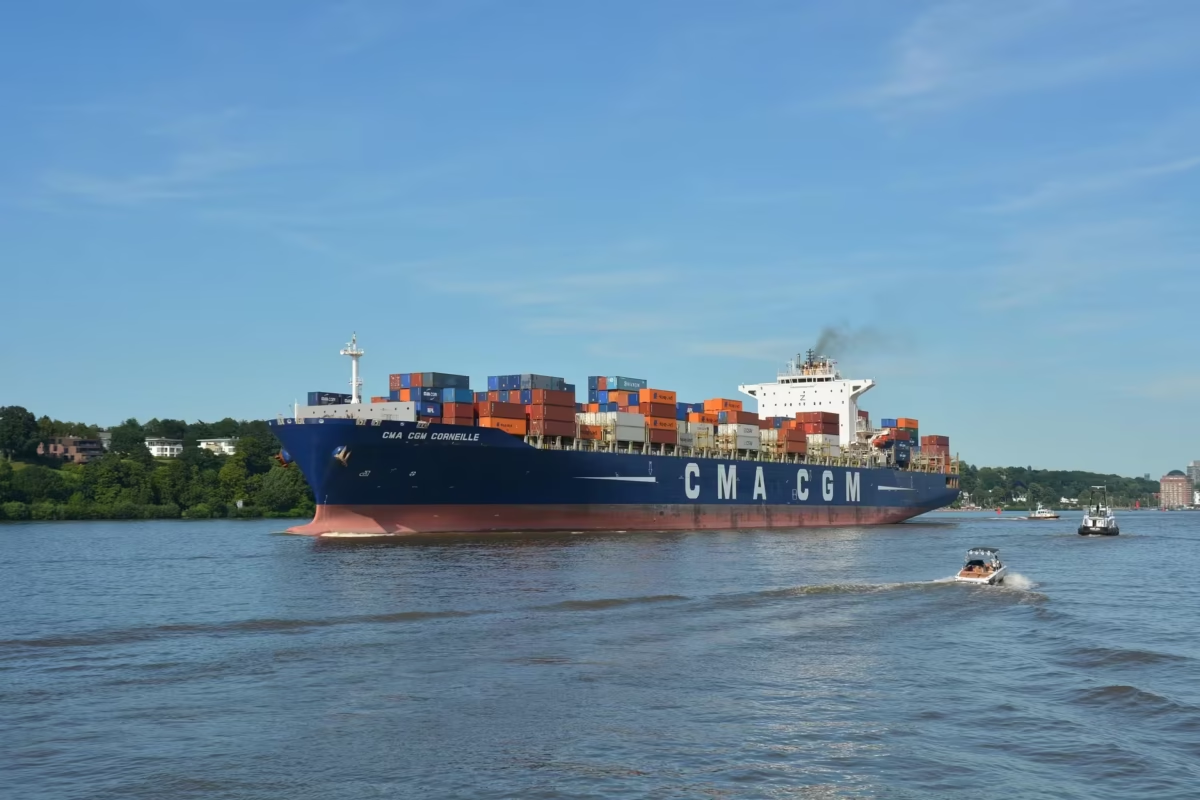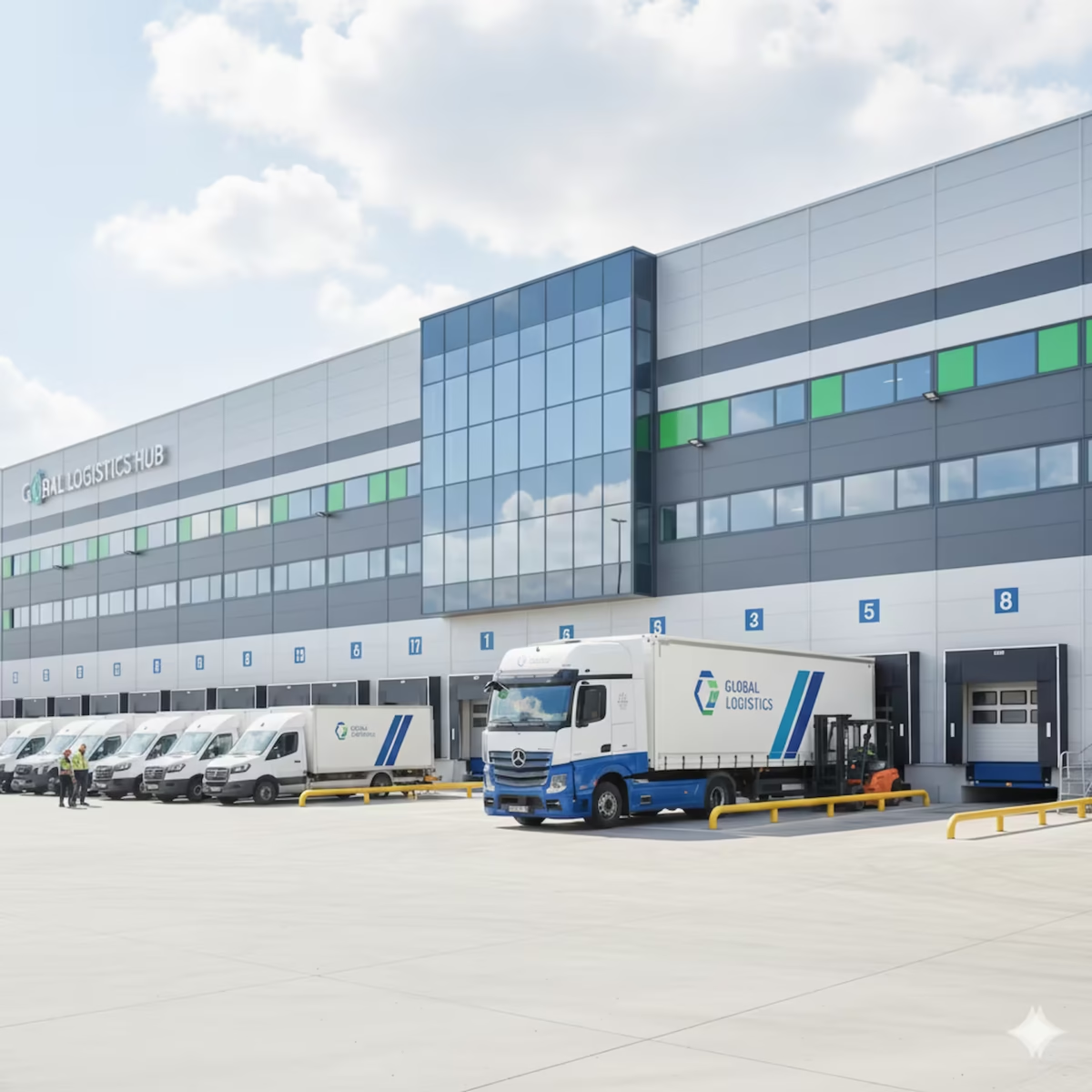

The Puerto Antioquia project, with an investment of nearly 800 million dollars¹, is more than just infrastructure — it is a driver of socioeconomic transformation for the Urabá region and a milestone for national logistics.
Its impact has been reflected in job creation, divided into two key phases: construction and operation.
Here’s how this maritime terminal is reshaping the employment landscape and redefining the region’s future.
The Construction Boom: Direct Jobs for the People of Urabá
During the construction phase, Puerto Antioquia focused on creating local employment. More than 6,000 direct and indirect jobs were generated, with the goal of ensuring that over 80% were filled by people from the Urabá region². This social commitment was fundamental to the project’s development.
Some reports cite the creation of 1,900 direct jobs³, while others estimate figures as high as 2,500⁴. The variation in numbers reflects the different stages of construction and the inclusion of workers from the main consortium (COTEMA) as well as multiple subcontractors⁵.
The most in-demand positions during this stage ranged from construction assistants and site officers to specialized roles in welding, electrical network installation, heavy machinery operation, and civil engineering.
Thanks to partnerships with organizations such as Comfama and SENA, training programs have been implemented to ensure that the local population develops the skills required by the labor market², preparing the community for future employment opportunities.

The Multiplier Effect: 17,000 Jobs in the Operational Phase
The real employment revolution will come with the operational phase. While the port itself will generate between 800 and 1,000 direct jobs, its greatest contribution will be the multiplier effect expected to stimulate the local economy.
More than 17,000 indirect and induced jobs⁶ are projected to be created, transforming Urabá into a “port ecosystem.”
This new environment will drive the growth of:

Ground transportation companies, freight forwarders, and logistics operators.
The port is Colombia’s most specialized in fresh products, boosting the export of bananas, Hass avocados, and other crops.
New hotels, restaurants, customs agencies, and supermarkets to support the flow of personnel and goods⁷.
The project is expected to attract more than 800 new companies⁶, diversifying the regional economy and creating a wide range of job profiles — from transport operations analysts to foreign trade and security professionals.

Beyond the Numbers: A Model of Social Sustainability
The success of Puerto Antioquia is not measured by numbers alone. Its social responsibility strategy impacts more than 35,000 residents within its area of influence, through agreements with 23 Community Action Boards and the Government of Antioquia².
These agreements aim to generate employment, improve education, and strengthen local infrastructure.
Investment in training is a key pillar, with programs that have trained over 300 people in port equipment operation and 250 in bilingual skills². The project stands as an example of how infrastructure, when aligned with a strong social commitment, can become a true catalyst for regional well-being. The story of Puerto Antioquia is that of a community preparing to become a world-class logistics hub.

